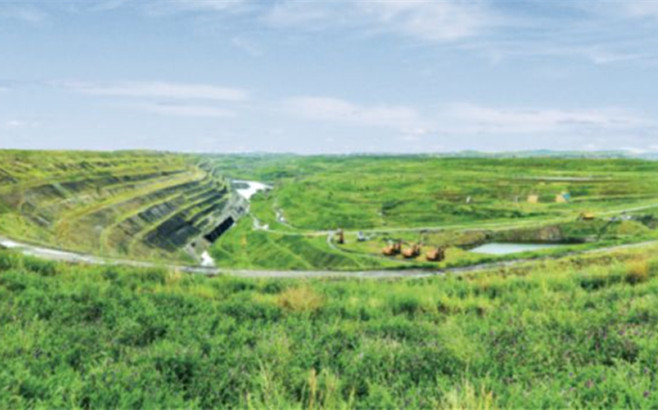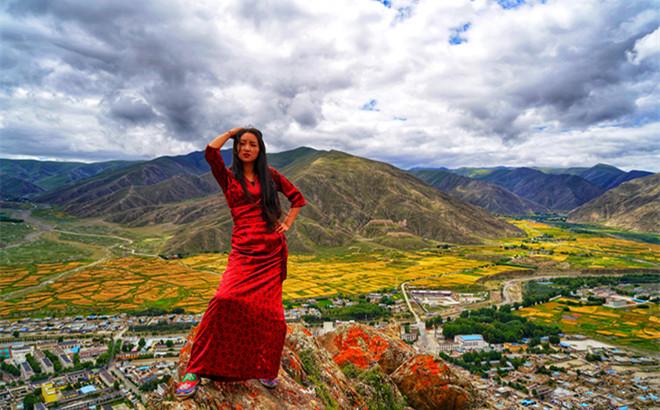China's stony desert areas shrank at a faster pace during the past few years thanks to government emphasis on environmental protection.
From 2011 to 2016, the area of stony deserts declined at an average 3.45 percent each year, quickening from a 1.27-percent annual drop in the previous five-year period, Liu Dongsheng, deputy head of the National Forestry and Grassland Administration, told a press conference Thursday.
At the end of 2016, stony deserts stood at 10.07 million hectares, Liu said. "The spread of stony deserts was effectively contained."
The environmental improvement was attributed to efforts to protect vegetation and plant more trees and grass, which contributed 65.5 percent to reversing desertification, according to Liu.
The results were released after the third national survey on stony deserts, which took nearly a year and half and covered hundreds of counties in eight provincial regions, including Hubei and Guangxi.
However, Liu cautioned that China will continue to face severe challenges in fighting desertification, as the ecosystem in surveyed areas, which are densely populated, is still fragile and the protection of forests should be strengthened.
"There are 13 million poor people living in rocky regions...and about 2.62 million hectares of desertification-prone farmland is still being cultivated," Liu said.
Given the situation, Liu called for more efforts to win the battle against desertification, including development of forest and desert tourism to guarantee poverty reduction.
As desertification is one of the most pressing issues facing humankind, China has put great emphasis on the campaign to prevent deserts from expanding and is the first country in the world to achieve desert shrinkage.
The Chinese desert city of Ordos hosted the 13th Session of the Conference of the Parties to the United Nations Convention to Combat Desertification in September 2017, during which Chinese officials shared anti-desertification experiences with their global peers.
China has promised to transfer its desert control technology to countries and regions along the Belt and Road routes and in the Sahara under a program aimed at protecting trunk roads from sand storm damage.
More than 100 officials and technicians from developing countries received training about desertification control in China this year.






